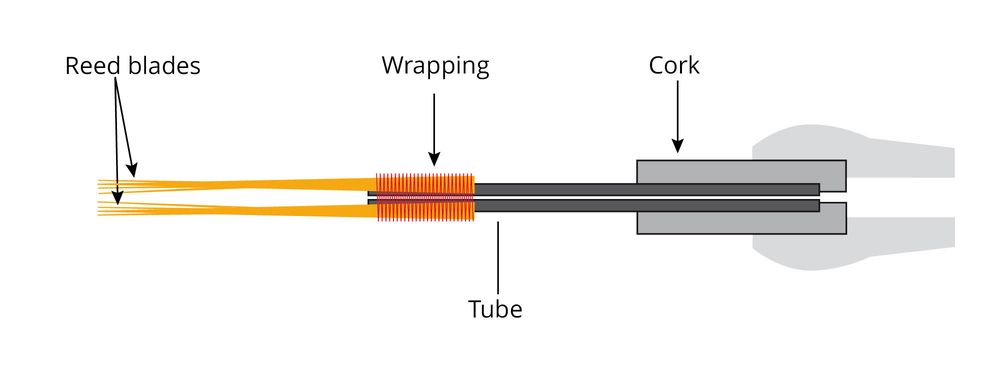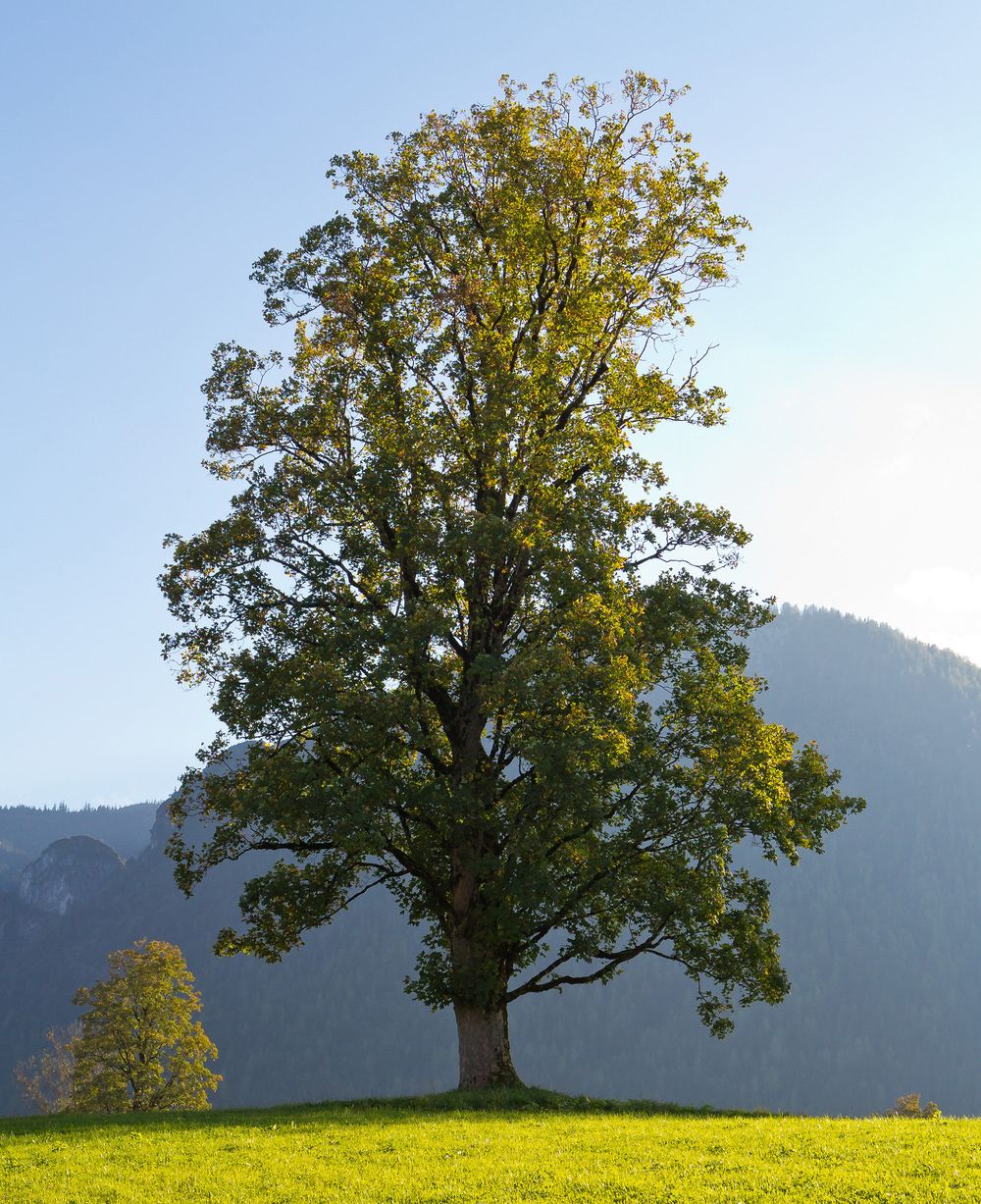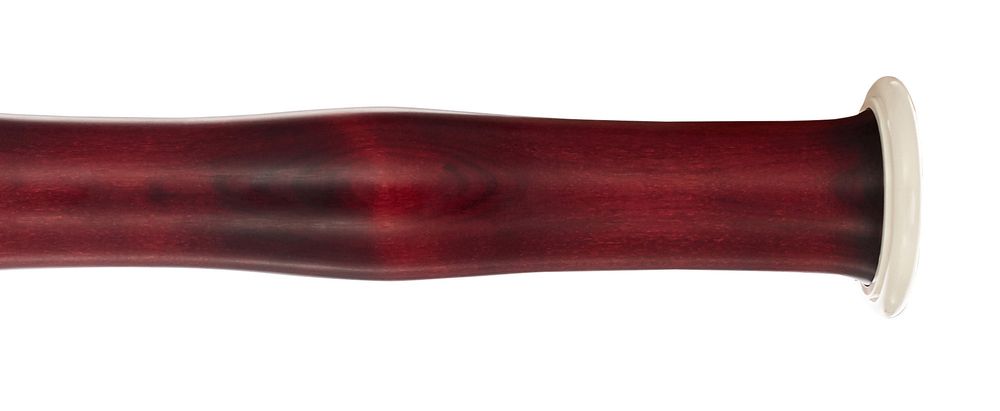2. General Notes
The name "Fagot", nowadays better known as bassoon, comes from the Italian word "Fagotto," which translates to "bundle of sticks." This term can be linked to the instrument's structure, which we'll explore in the following chapter.
The bassoon falls within the category of woodwind instruments. However, this doesn't exclusively refer to the material it's made from. Nevertheless, significant parts of the bassoon are indeed crafted from the natural product of wood. The crucial factor in categorizing it among instrument groups lies in how the sound is produced. The bassoon generates sound through a double reed (known as the reed) - hence it's classified as a double-reed instrument.

Double Reed
A note on materials: the bassoon is made from mountain maple - a quick explanation: mountain maple grows, as the name implies, in higher elevations up to 2000 meters. This means the tree grows unimpeded, mostly straight, facing towards the sun. Adapting to the sparse nutrition of mountainous soil, mountain maple grows rather slowly.

Mountain Maple
This makes mountain maple an ideal choice for bassoon construction due to its straight growth with tight annual rings. The peeled mountain maple has an almost white color. In bassoon crafting, the wood is flamed and later stained in the well-known red tones. Flaming removes the softer wood fibers on the surface (burnt away), causing those regions to darken. This process reveals the beautiful grain on the final bassoon.
There are two bassoon construction styles: the French and the German. However, in this guide, we focus solely on the German construction style, also known as the "Heckel system" (introduced around the 19th century).





